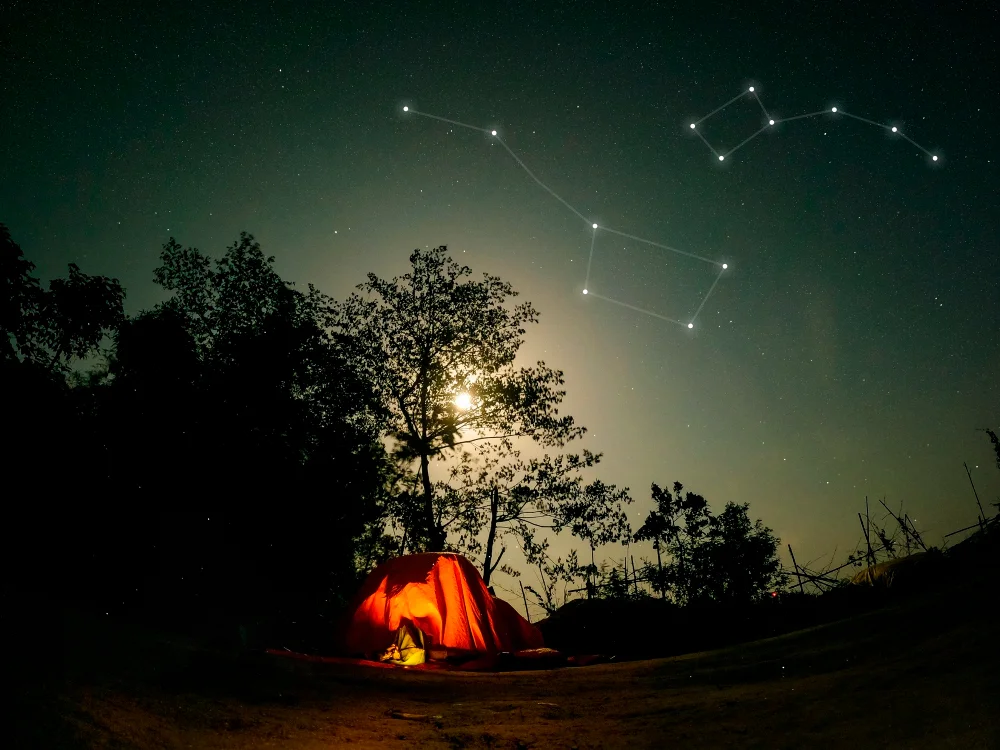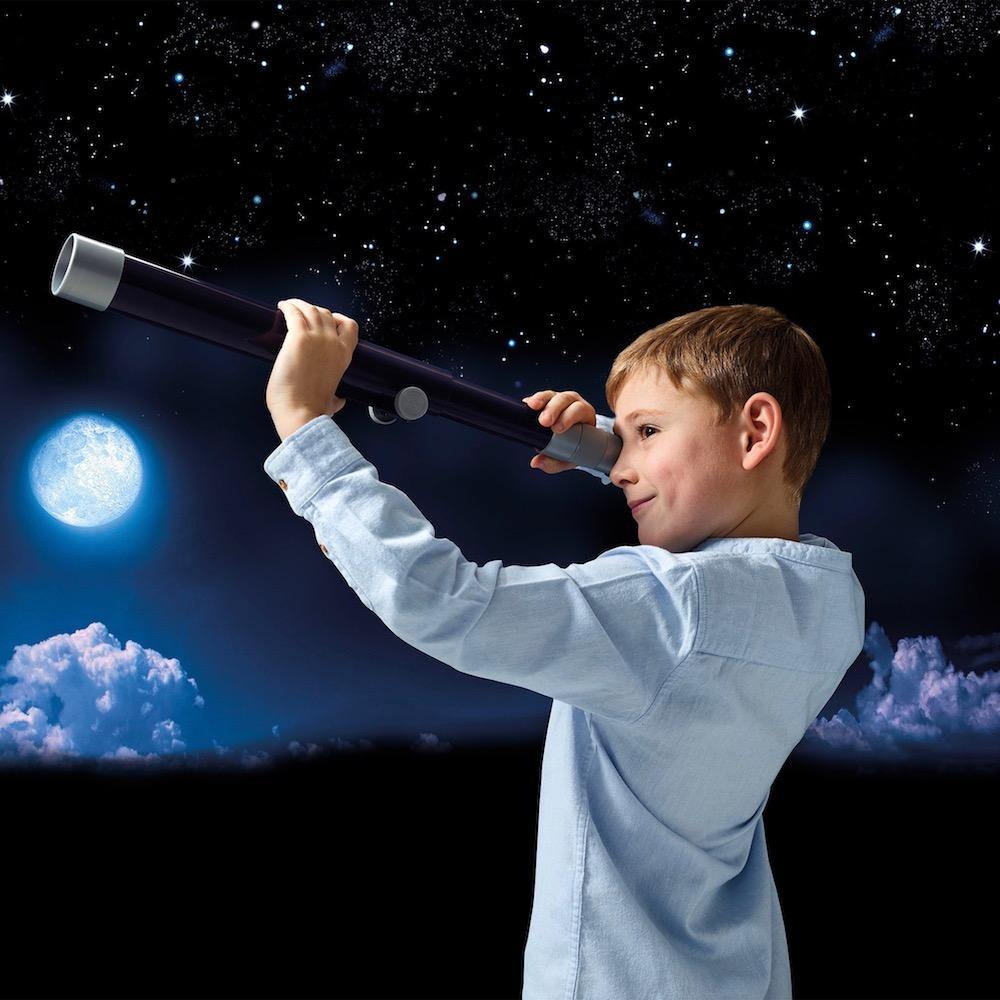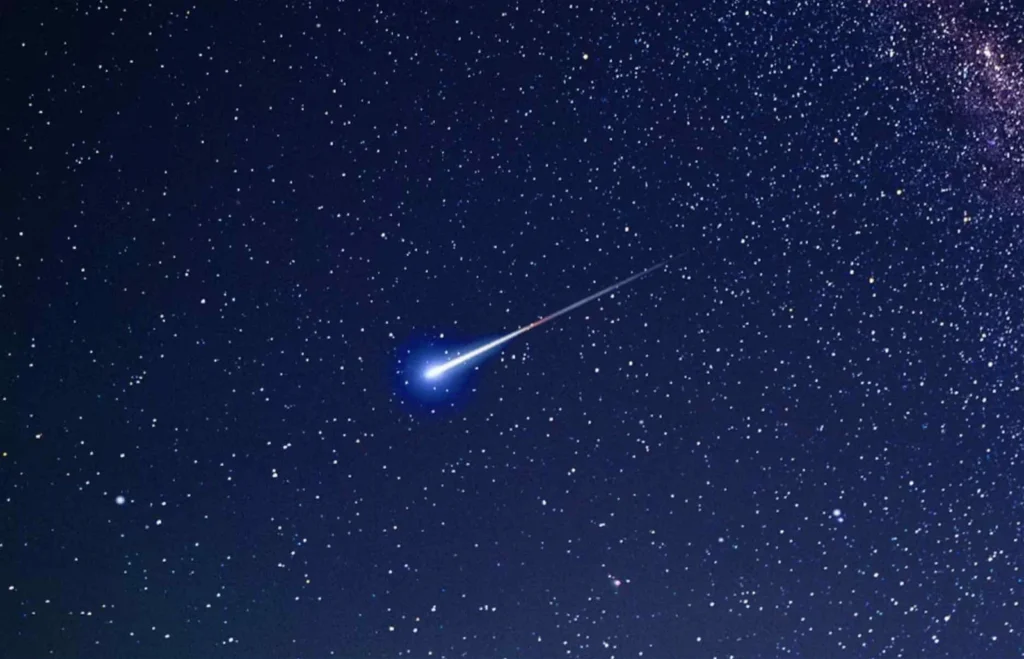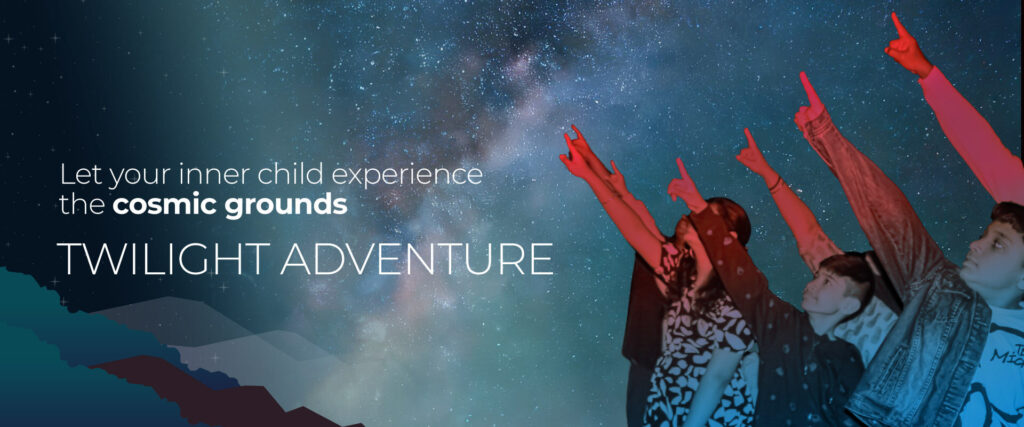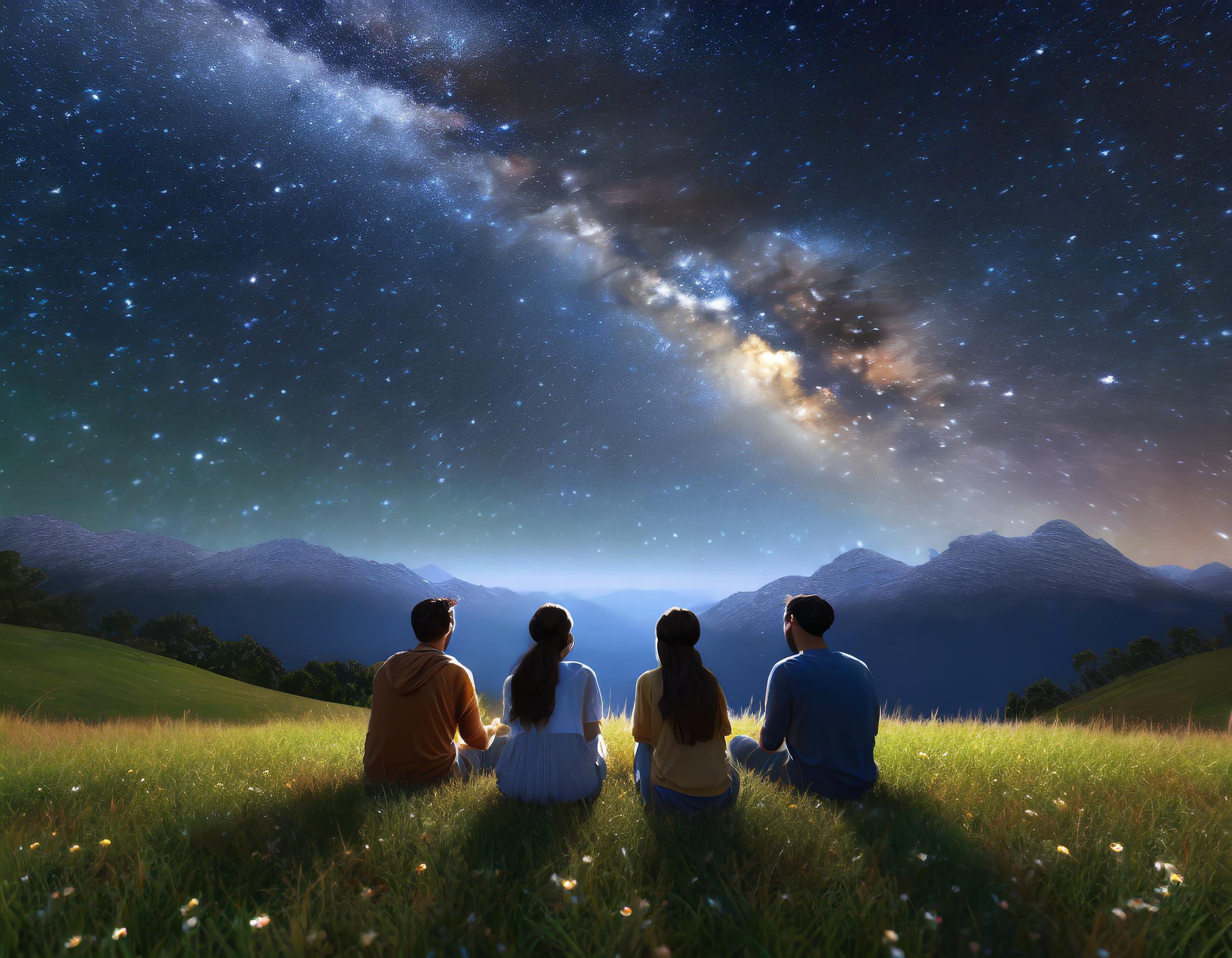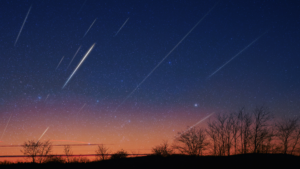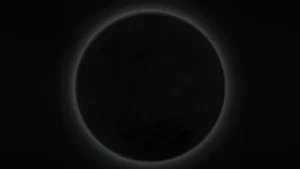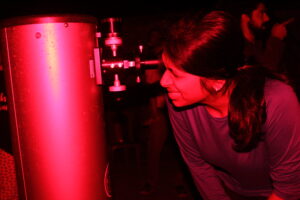Stargazing connects us with the universe, and with the right knowledge and tools, even beginners can enjoy this amazing experience. Here’s a quick guide to start your stargazing journey.
Choosing the right time and place
For the successful stargazing the first thing is selecting the right time and location. Both factors can impact your experience.
- Avoid Light Pollution: Light pollution from city lights can obscure the night sky, making it difficult to see stars. Seek out locations far from urban areas. Dark sky parks, national parks, or rural areas are ideal. Websites like Dark Site Finder can help you locate dark sky spots near you, where one of the resorts in Sariska, Rajasthan can provide you an excellent location for stargazing.
- Weather conditions: Stargazing is totally dependent upon weather condition whereas cloudless nights are the best for stargazing. Clouds can block your view of celestial objects. Weather apps or websites that provide astronomical seeing forecasts can be helpful in planning your stargazing sessions.
- Moon Phase: Stargazing is dependent upon moon phases. The best time for stargazing is during new moon or crescent moon because there will be less light pollution occurred by moon.
- Time of Year: Different constellations are visible at different times of the year. For example, Orion is visible in the winter, while the Summer Triangle is seen in the summer. Familiarize yourself with the seasonal changes in the night sky.
Essential Tools used for Stargazing
While you can enjoy stargazing with the naked eye, having the right tools can enhance your experience. Some of the essential tools used for stargazing are:-
- Star Charts or Apps: A star chart or planisphere is a map of the night sky that shows the positions of stars and constellations. They can be paper-based, and apps like Stellarium, SkyView, and Star Walk are interactive and can help you identify celestial objects in real-time. These apps often come with features that allow you to point your device at the sky to see what stars and planets are visible. From professional astronomers to amateur stargazers, star charts are versatile tools that serve multiple purposes, including education and navigation. Using these tools can significantly enhance your stargazing experience.
- Binoculars: A good pair of binoculars can reveal details that are not visible to the naked eye. Their field of view is much bigger than telescope. They are portable and easy to use, making them a great option for beginners. With binoculars, you can observe craters on the moon, the moons of Jupiter, and star clusters like the Pleiades and it can be also used for finding and locating messier objects.
- Telescope: For a more in-depth exploration, consider investing in a beginner-friendly telescope. The best telescopes offer stunning views of the night sky. Whether you’re a budding astronomer or an experienced sky watcher, a quality telescope will unlock fabulous views of galaxies, nebulas, planets, and more. Telescopes come in different types, such as refractors and reflectors. Each has its own advantages. Refractors are low-maintenance and easy to use, making them great for beginners. Reflectors offer larger apertures for the same price, allowing for better light-gathering capabilities. At Astroport sites, we have the best telescopes that are available and they give marvellous experience to the guests.
- Red Flashlight: To maintain dark adaption, red light is used instead of white light. Red light is less likely to disrupt your adaptation to the dark, because it has less frequency. Many stargazing app have red light mode for this purpose.
Familiarizing yourself with constellations:
Familiarizing yourself with constellations is a great starting point for any budding astronomer. Constellations serve as a roadmap to the night sky.
- Start with the Basics: Begin by learning a few easy-to-find constellations. The Big Dipper (part of Ursa Major/saptarshi) is a great starting point as it’s visible in summer, in the northern hemisphere and can help you locate the North Star (Polaris) by stretching Dubhe and Merak 5 times.
- Seasonal Changes: Due to revolution of earth season change different constellations are visible at different times of the year. For example, from the northern hemisphere, Cygnus is seen in summer while Orion and Taurus dominate the winter sky. Staying at the Namah and Task and Roar which are best resorts in Jim Corbett can provide an ideal, clear setting to observe these seasonal changes in constellations.
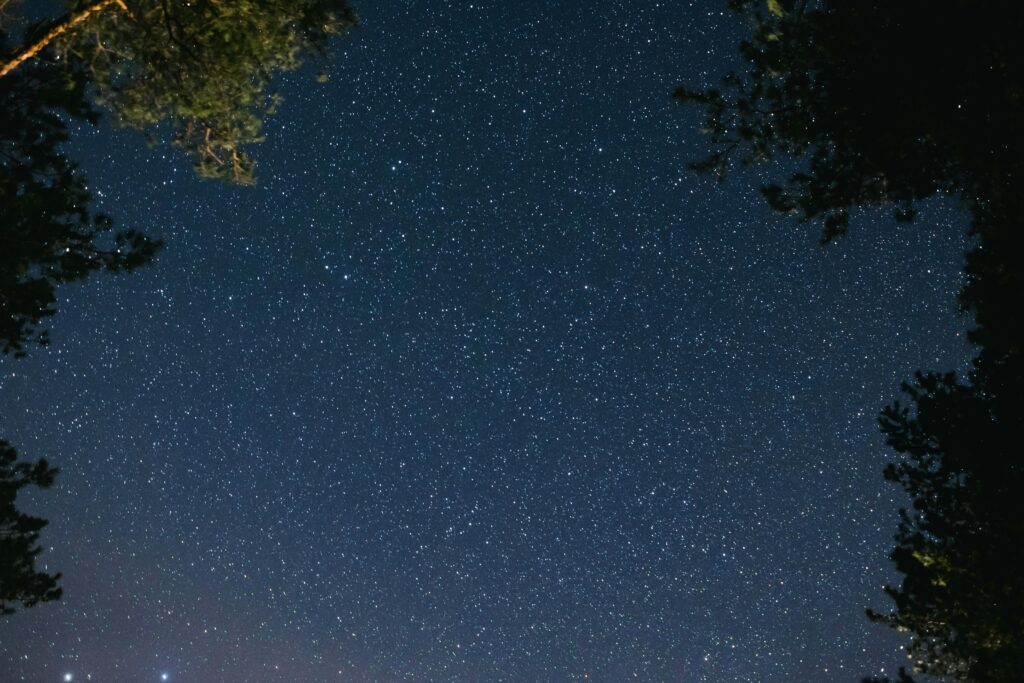
Understanding Celestial Events:
- Meteor Showers: Meteor showers occur when Earth passes through the debris left by comets or asteroids. Annual meteor showers like Geminids in December can provide spectacular shows, with dozens of meteors visible per hour at their peak.
- Planetary Alignments and Oppositions: Occasionally, planets align in the sky, making them easier to spot. Opposition, when a planet is directly opposite the sun in the sky, is the best time to observe it as it is closest to Earth and fully illuminated by the sun. Jupiter and Saturn’s oppositions, for instance, are great opportunities to observe these gas giants.
- Eclipses: Lunar and solar eclipses are awe-inspiring events. During a lunar eclipse, Earth’s shadow falls on the moon, giving it a reddish hue. Solar eclipses, where the moon blocks the sun, can turn day into night for a brief period. Mark your calendar and don’t miss these celestial wonders.
- Comets: Occasionally, comets become visible to the naked eye. These icy bodies from the outer solar system can develop bright comas and tails when they approach the sun. Keep an eye on astronomy news for announcements about visible comets.
Practicing
Stargazing requires patience and practice. Here are a few tips to help you make the most of your time under the stars:
- Allow Your Eyes to Adjust: It takes about 20-30 minutes for your eyes to fully adapt to the darkness (dark adaptation). Avoid looking at bright lights during this time to maintain your dark adaptation.
- Be Persistent: Not every stargazing session will be perfect. Weather conditions, light pollution, and even the phase of the moon can affect visibility. Don’t get discouraged if you don’t see everything you hoped for. Each session is a learning experience.
- Take Notes: Keep a stargazing journal to record your observations. Note the date, time, location, weather conditions, and what you saw. This can help you track your progress and plan future sessions.
However, all of this hassle can be taken care of by experts at Astroports Global who are educated in this domain only. So, book your next stay at Astroport and enjoy stargazing.


